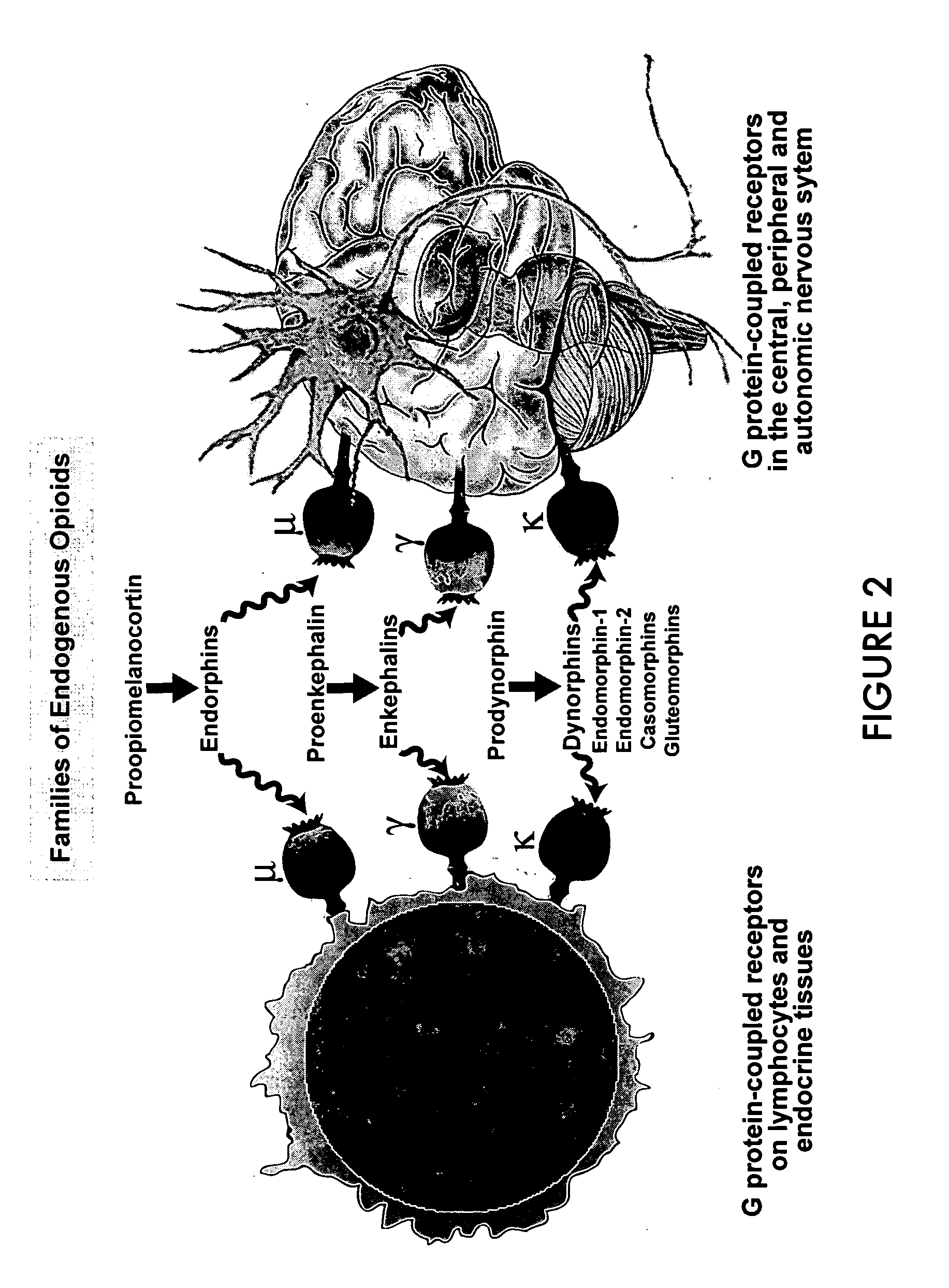Identification of etiology of autism
a technology of etiology and identification, applied in the field of identification of etiology of autism, can solve the problems of severe impairment, autism interferes with the normal development of the brain, communication and social interactions,
- Summary
- Abstract
- Description
- Claims
- Application Information
AI Technical Summary
Problems solved by technology
Method used
Image
Examples
example 1
References (Example 1)
[0321] Ader, R., Felten, D. L. and Cohen, N., (Eds.) (2001). Psychoneuroimmunology, 3rd ed. Academic Press: New York. [0322] Baba, H., Daune G. C., Ilyas, A., Pestronk, A., Comblath, D. R., Chaudhry, V., Griffin, J. W. and Quarles, R. H. (1989). Anti-GM1 ganglioside antibodies with differing fine specificities in patients with multifocal motor neuropathy. J. Neuroimmunol. 25, 143-150. [0323] Bajramovic, J. J., Plomp, A. C., Van der Goes, A., Koevoetes, C., Newcombe, J., Cuzner, M. L. and Van Noort, J. M. (2001). Presentation of α, β-crystalline to T cells in active multiple sclerosis lesions: An early event following inflammatory demyelination. J. Immunol. 164, 4359-4366. [0324] Ballieux, R. E. (1992). Bidirectional communication between the brain and the immune system. Eur. J. Clin. Invest. 22 (Suppl. 1), 6-9. [0325] Brock, H. P. M., Uccelli, A., de Rosbo, N. K., Bontrop, R. E., Roccatagliata, L., de Groot, N. G., Capello, E., Laman, J. D., Nicolayk, K., Manca...
example 2
References (Example 2)
[0367] 95. Vojdani A., A. W. Campbell, E. Anyanwu, A. Kashanian, K Bock and E. Vojdani. 2002. Antibodies to neuron-specific antigens in children with autism:
[0368] possible cross-reaction with encephalitogenic proteins from milk, Chlamydia pneumoniae and streptococcus group A. J. Neuroimmunol. 129:168: [0369] 96. Vader W., Y. Kooy, P. Van Veelen, A. De Ru, D. Harris, W. Benckuijsen, et al. 2002. The gluten response in children with celiac disease is directed toward multiple gliadin and glutenin peptides. Gastroenterology 122:1729. [0370] 97. Bronze M. S. and J. B. Dale. 1993. Epitope of streptococcal M. proteins that evoke antibodies that cross-react with the human brain. J. Immunol. 151:2820. [0371] 98. Bednarczyk J., S. M. Carroll, C. Marin and B. McIntyre. 1991. Triggering of the proteinases dipeptidylpeptidase IV (CD26) amplifies human T lymphocyte proliferation. J. Cell Biochem. 46:206: [0372] 99. Chuchacovich M., H. Gatica, H. S. V. Pizzo and M. Gonzalez...
example 3
References (Example 3)
PUM
| Property | Measurement | Unit |
|---|---|---|
| pH | aaaaa | aaaaa |
| concentration | aaaaa | aaaaa |
| temperature | aaaaa | aaaaa |
Abstract
Description
Claims
Application Information
 Login to View More
Login to View More - R&D
- Intellectual Property
- Life Sciences
- Materials
- Tech Scout
- Unparalleled Data Quality
- Higher Quality Content
- 60% Fewer Hallucinations
Browse by: Latest US Patents, China's latest patents, Technical Efficacy Thesaurus, Application Domain, Technology Topic, Popular Technical Reports.
© 2025 PatSnap. All rights reserved.Legal|Privacy policy|Modern Slavery Act Transparency Statement|Sitemap|About US| Contact US: help@patsnap.com



